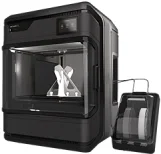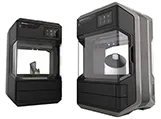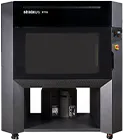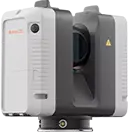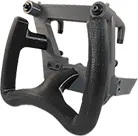A Buyer’s Guide to Stratasys® 3D Printing Technology
3D printing is a process that creates three-dimensional objects from a digital model. It’s often called additive manufacturing (AM) because the objects are built by adding successive layers of material, one on top of the next. Conventional manufacturing uses subtractive methods, where an object is made by cutting material away from a solid block to create the desired shape. 3D printing is less wasteful because the material is only added where needed to create the part.
A 3D printer is a machine that builds the part. 3D printers differ based on the type of printing technology used and the size of the parts they can build. To make the part, the printer gets its “instructions” from a CAD model, and the software “slices” the CAD model into virtual layers. The printer then applies material where needed to build each layer until the object is completed.
From rapid prototyping to manufacturing to realistic medical modeling, 3D printing opens the door to increased efficiencies and broader business opportunities. 3D printing frees you from traditional manufacturability constraints because your designs aren’t limited by the restrictions of conventional machines and mold tools. In some cases, things that simply can’t be made with conventional tools can be made with a 3D printer. This lets you optimize and create prototypes, tools, medical models, and functional parts much more quickly and for a lower cost.

